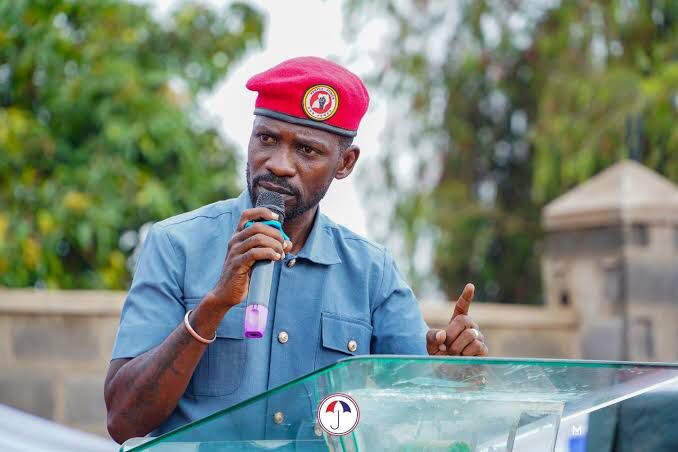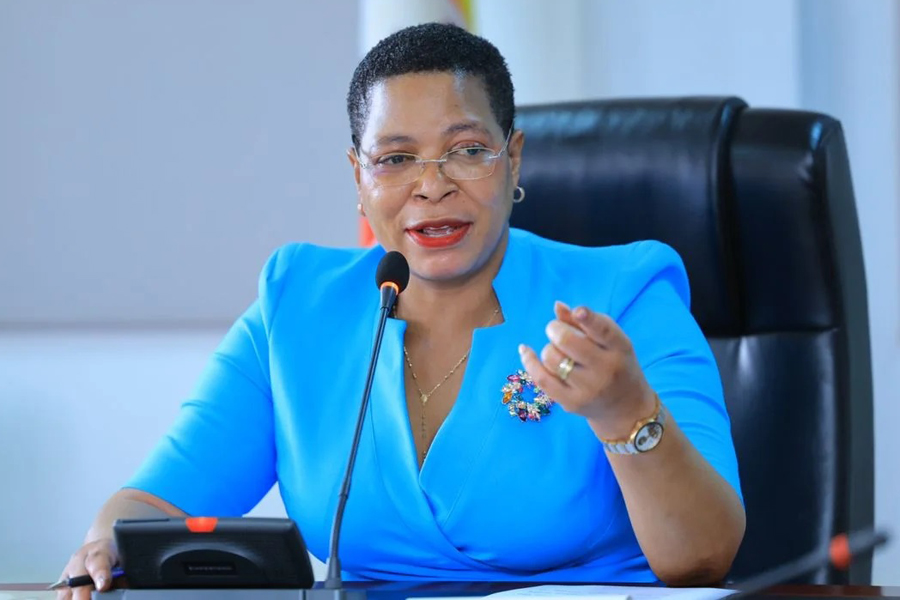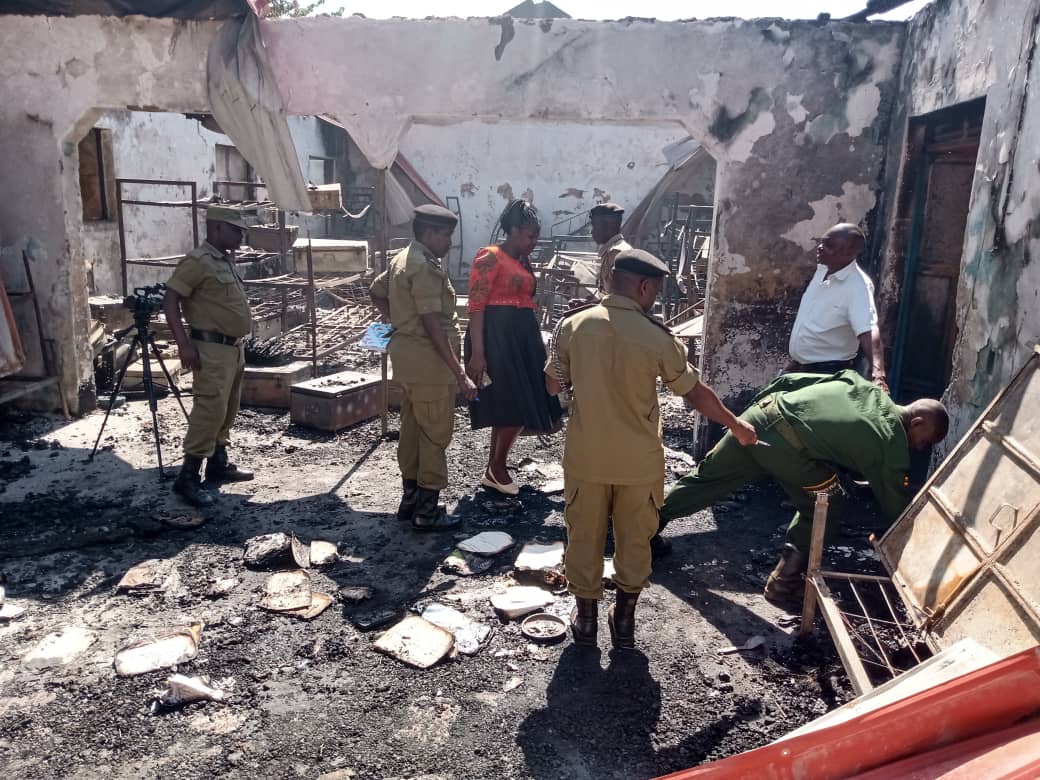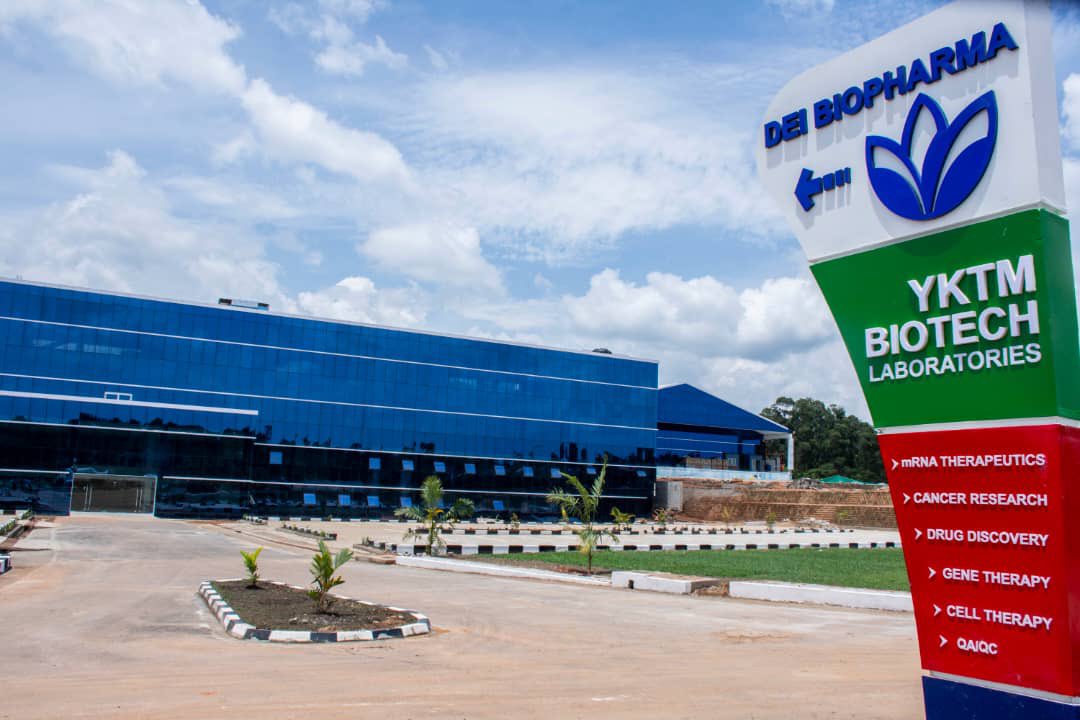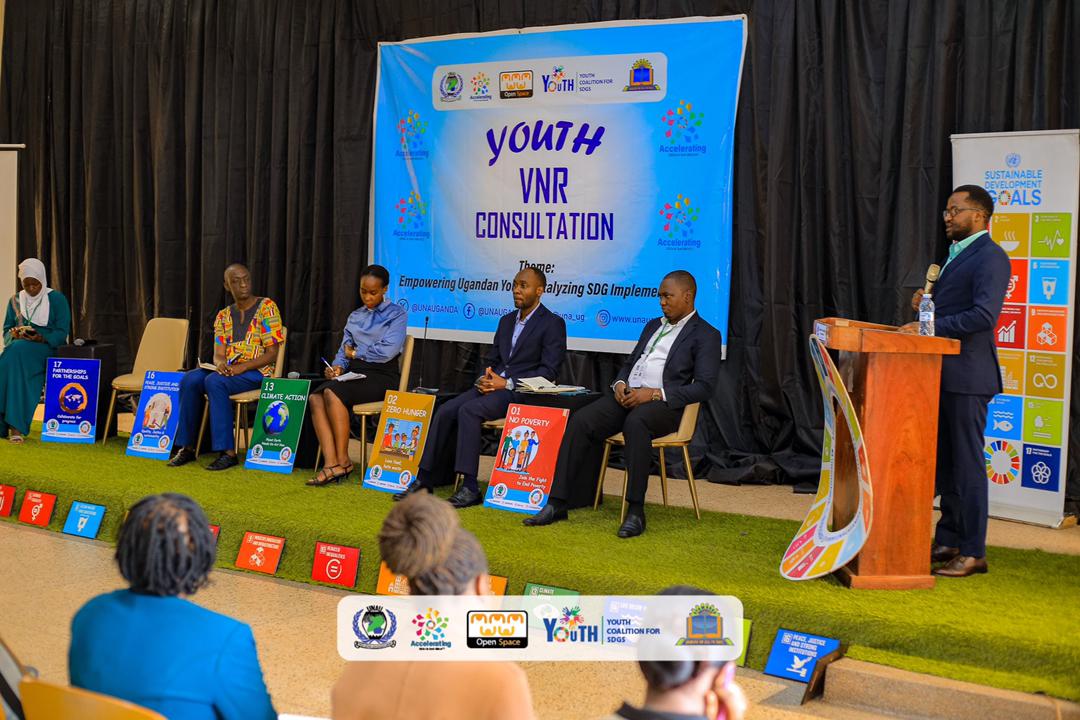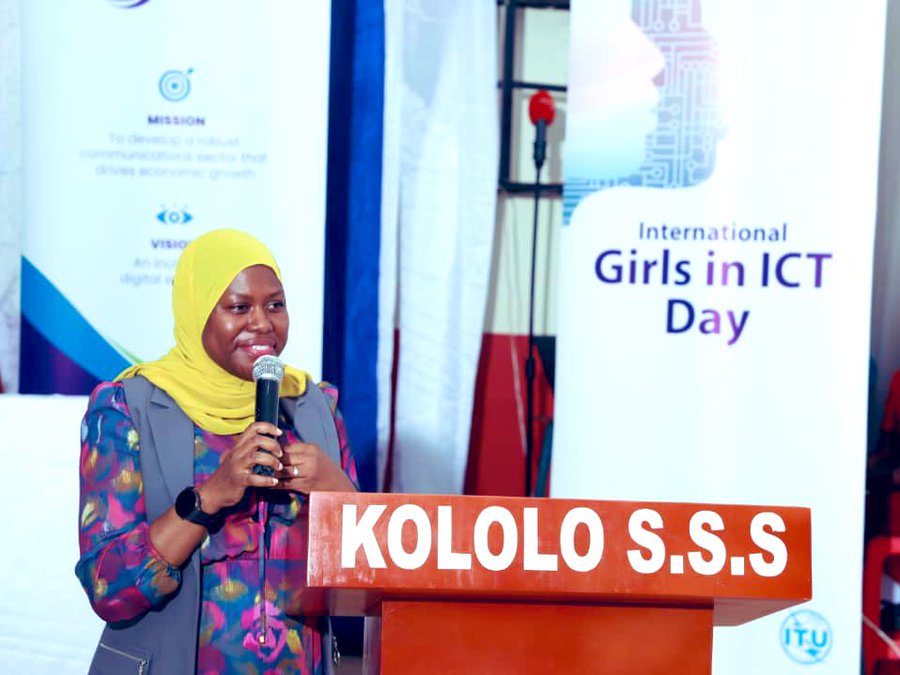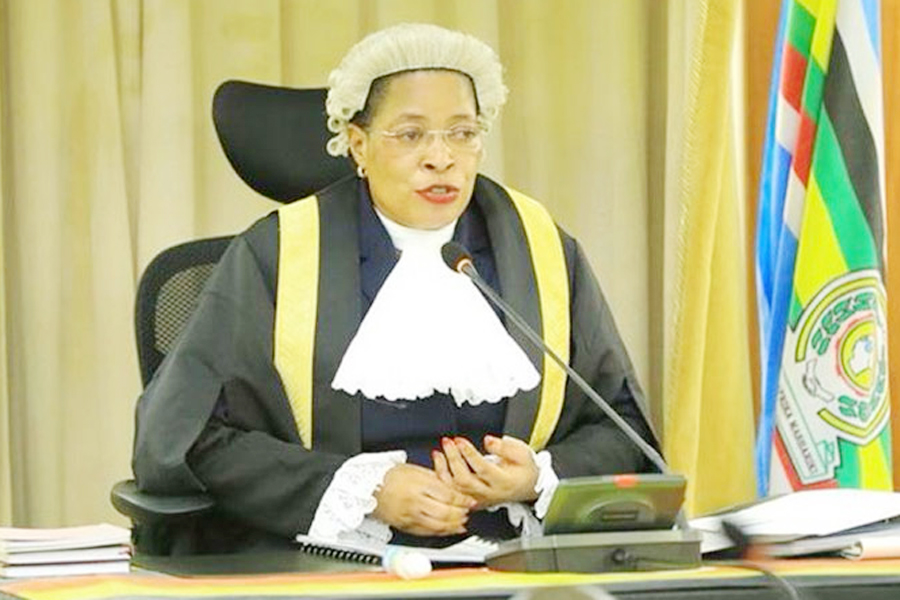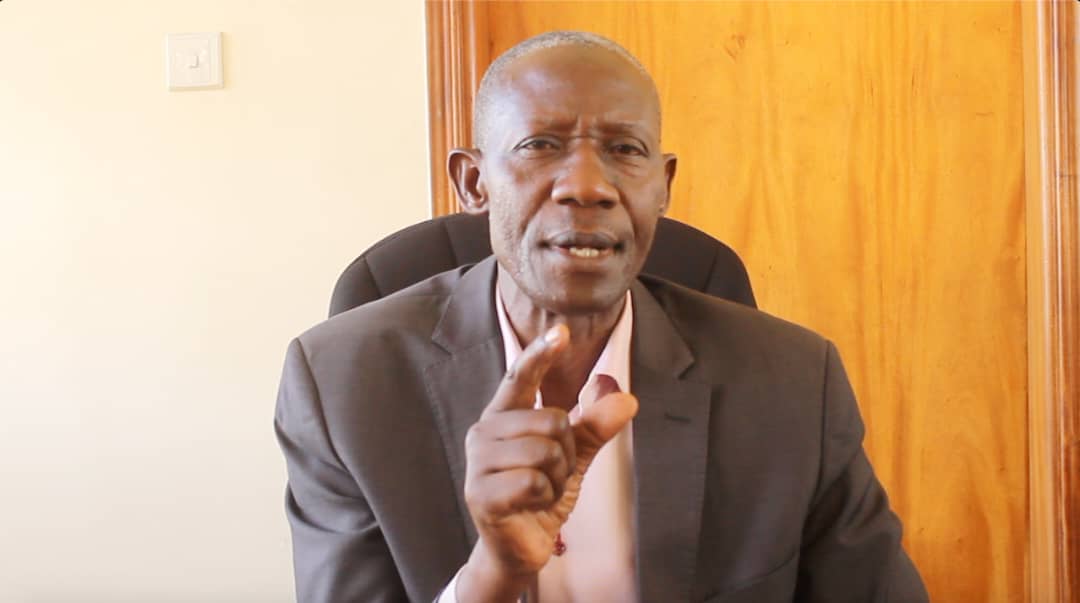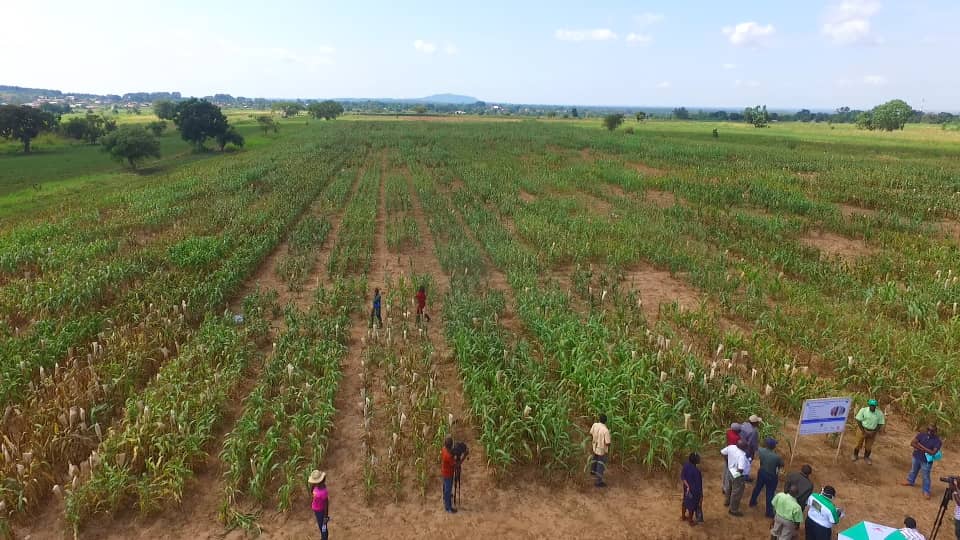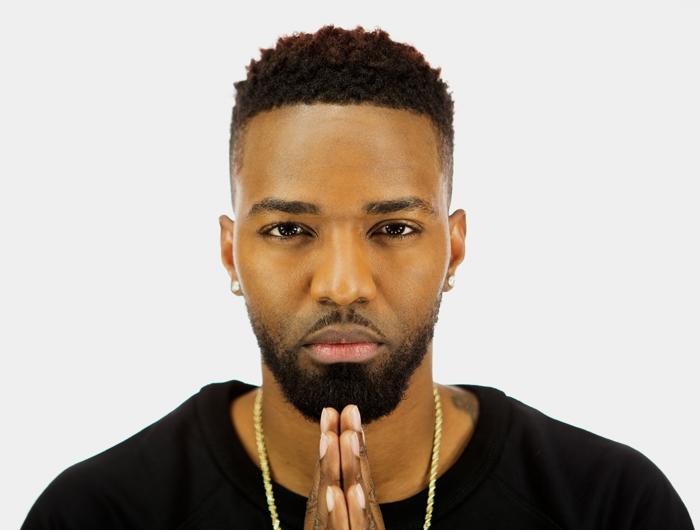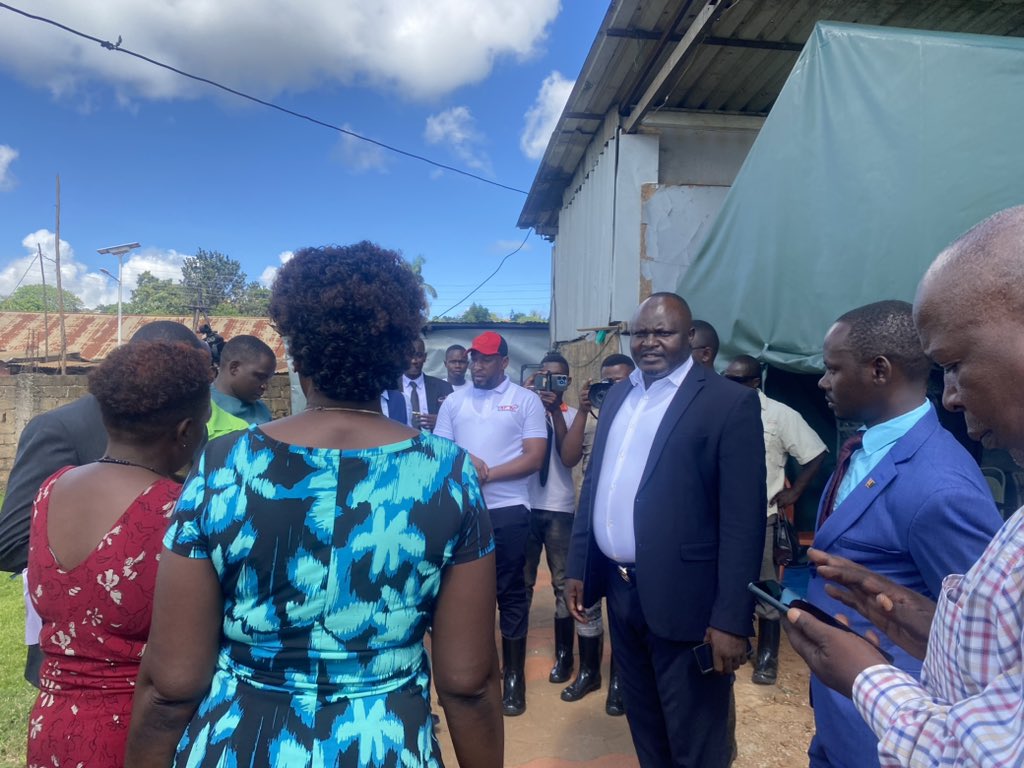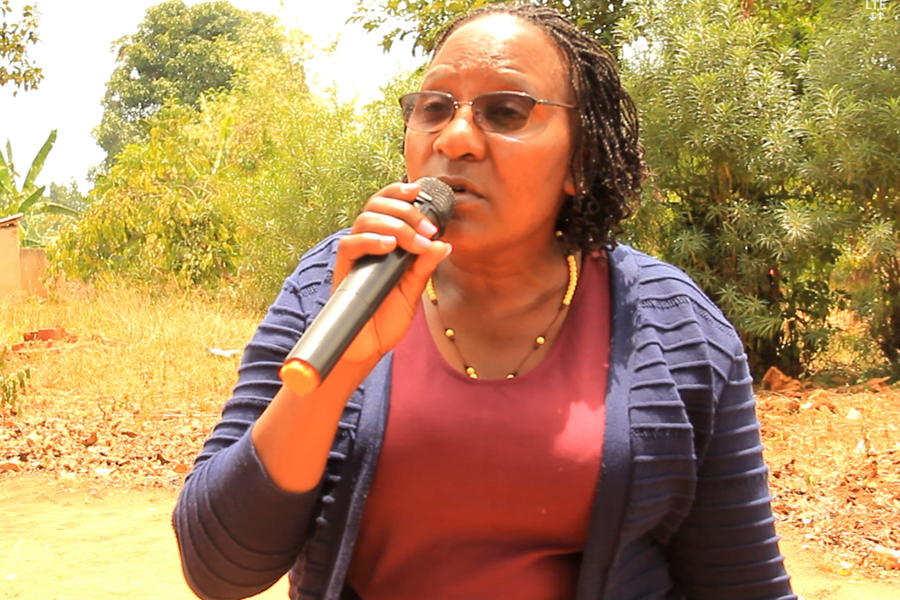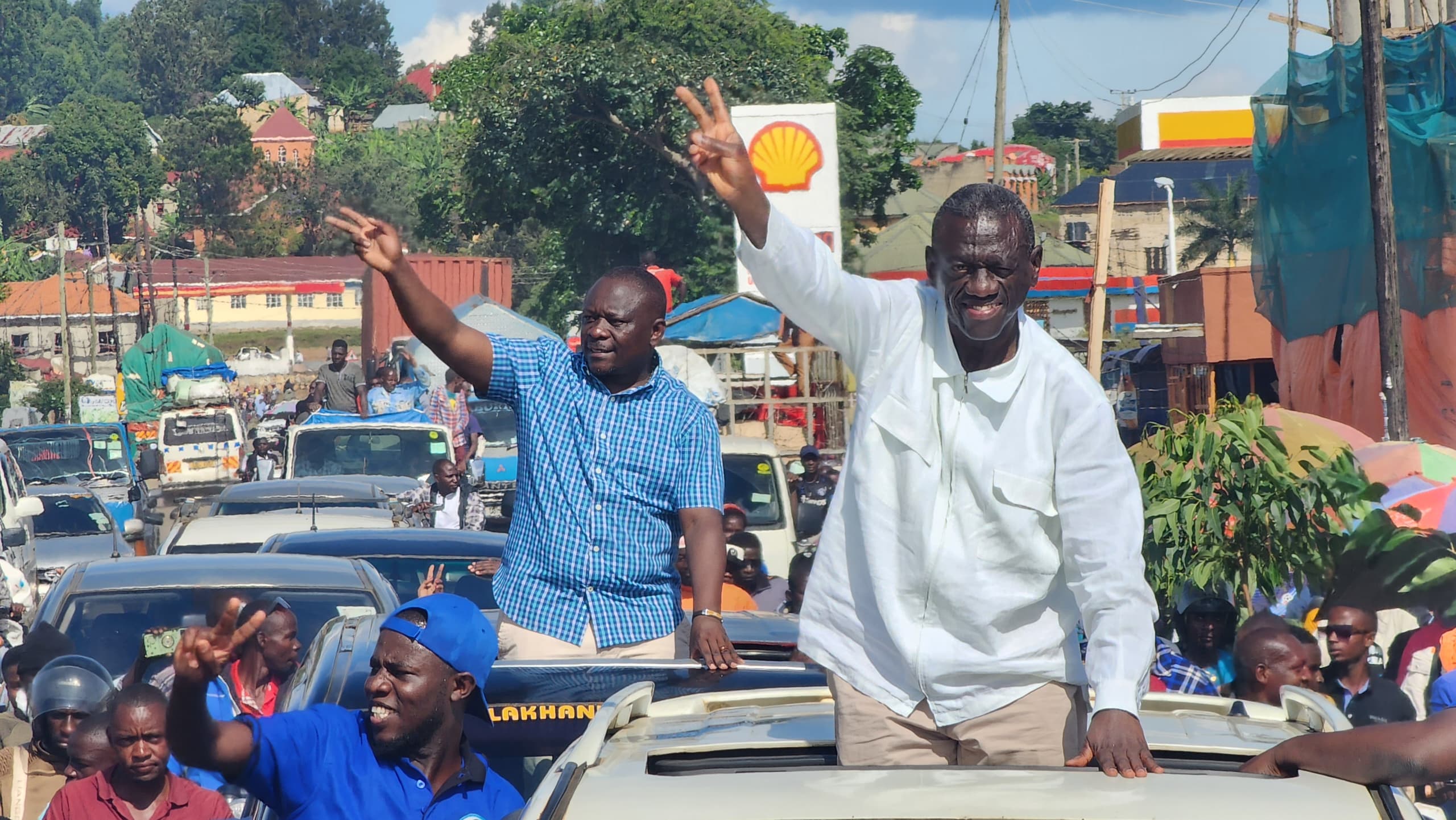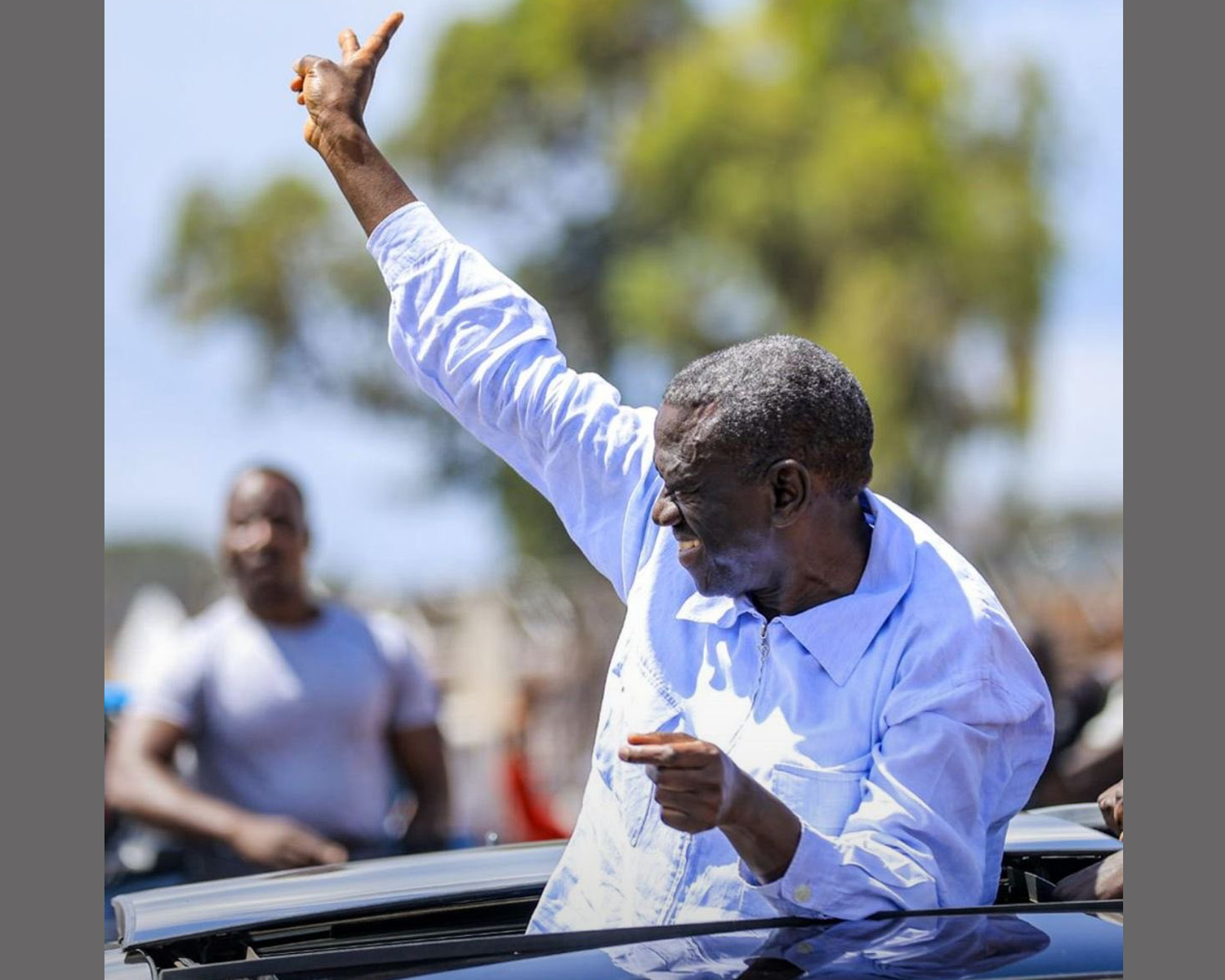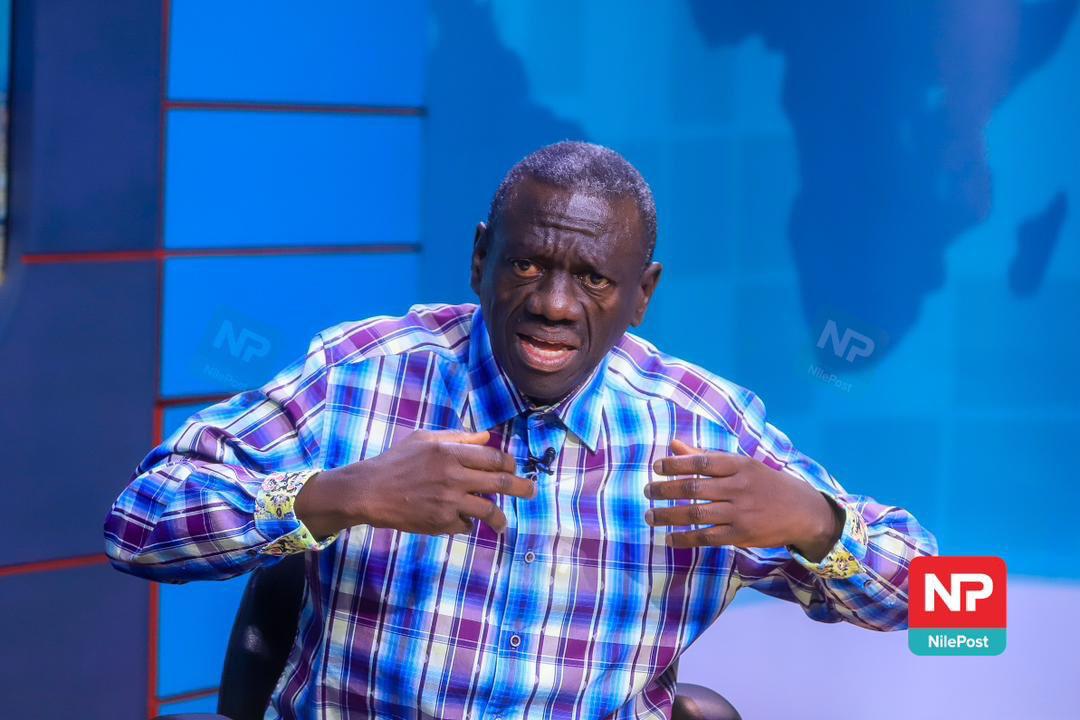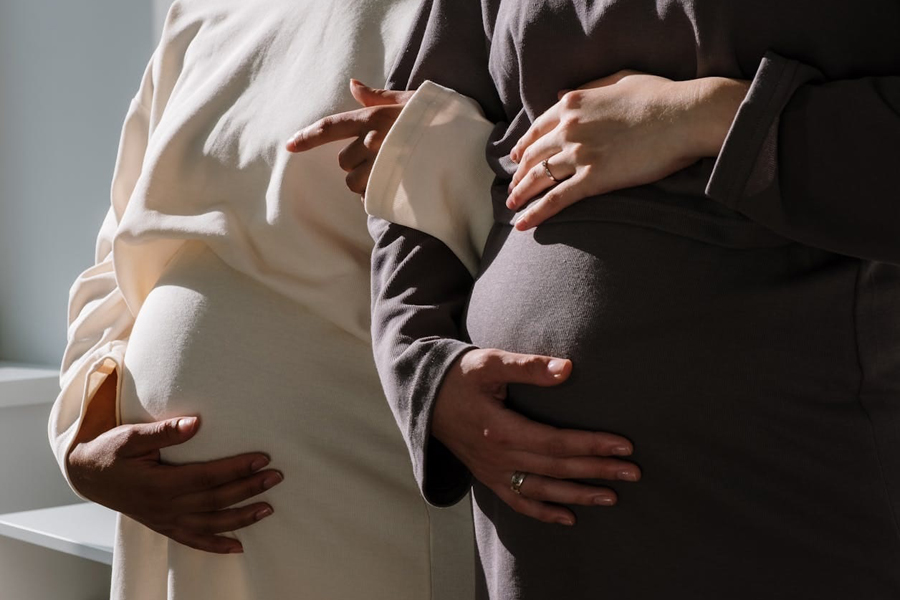Fighting between Congolese forces ,M23 rebels resumes
A few days after East African heads of state asked all armed groups to put down weapons, fighting has resumed in Eastern DRC between the government forces of FADRC and M23 rebels.
According to reports, fighting resumed on Saturday afternoon in Kinyamahura, Rutshuru areas of in North Kivu province in the eastern part of DRC.
Keep Reading
“In full consultations, the participants were surprised at the resumption of hostilities by the M23/Makenga. The government party thus demanded and obtained the expulsion of the said armed group and the continuation of consultations with the other groups,” President Felix Tshisekedi said through his official Twitter account.
The development came as efforts to have negotiations between the Congolese government and M23 rebels led by Sultan Makenga.
Talks between the two sides were expected to start on Friday in Nairobi,the Kenyan capital but this didn’t happen.
Thousands flee to Uganda
The development has seen several Congolese resident flee the fighting to neighbouring Ugandan districts.
The Uganda Red Cross Society spokesperson, Irene Nakasiita confirmed the influx of refugees.
“More refugees from Congo have come to Uganda this evening. There are Red Cross teams at the border point who receive them and then UNHCR buses come and take them to Nyakabande transit center,”Nakasiita said.
A few weeks ago, M23 rebels announced a ceasefire to allow for talks with the Congolese government.
“We shall withdraw from the positions conquered after April 6, in order to facilitate the signing of a bilateral ceasefire and the opening of dialogue with the DR Congo government. “To this end, the M23 expresses its intention to hand over to the International Committee of the Red Cross all elements of the national army captured on the front line for appropriate care,” Maj Willy Ngoma, the M23 spokesperson said two weeks ago.
However, the reason for resumption of the fighting is not yet clear but the rebels say they were attacked first by FADRC and that in response to the fire, fighting resumed.
Formed by former members of the National Congress for the Defense of the People (CNDP) a Tutsi militia group that Rwanda and Uganda once supported, M23 was at its peak between 2012 and 2013.
Whereas in 2009 CNDP fighters were incorporated into the Congolese army following an agreement, in 2012, they rebelled over claims the agreement had not been respected by the Kinshasa government and renamed their group M23.
The group later captured several parts in North Kivu but were later defeated and driven out of the areas they had captured.
They later signed an agreement and were reintegrated into society but some of the fighters stayed in the bush.
However, after a 10 year lull, M23 earlier this month resumed fighting, forcing thousands of Congolese to flee to neighbouring Uganda.
The latest developments however come on the backdrop of an agreement by East African heads of state to form a joint force to deal with militias in DRC.
The East African leaders last week directed that the establishment of the regional force to fight the negative forces should commence immediately under the leadership of the DRC .
The leaders including Yoweri Museveni, Uhuru Kenyatta, Felix Tshisekedi, Everiste Ndayishimiye(Burundi) and Rwanda’s Paul Kagame represented by the country’s Foreign Minister, Vincent Biruta agreed that the situation in DRC needs their urgent intervention.
Consequently, the leaders directed that all armed groups in the DRC participate unconditionally in the political process to resolve their grievances.
They warned that failure to do so would see a joint military action against the militia.
This comes on the backdrop of the acceptance of DRC into the East African Community as the seventh country.
Volatile area
North Kivu province in DRC that borders Uganda , Rwanda and other provinces including Ituri to the north and South Kivu to the South has been a battle ground for a number of rival armed ethnic groups since 1998.
The province consists of three cities including; Goma, Butembo and Beni as well as six territories—Beni, Lubero, Masisi, Rutshuru.
Despite the UN sending a peacekeeping mission, MONUSCO in DRC, the problem of armed groups has not be solved.


